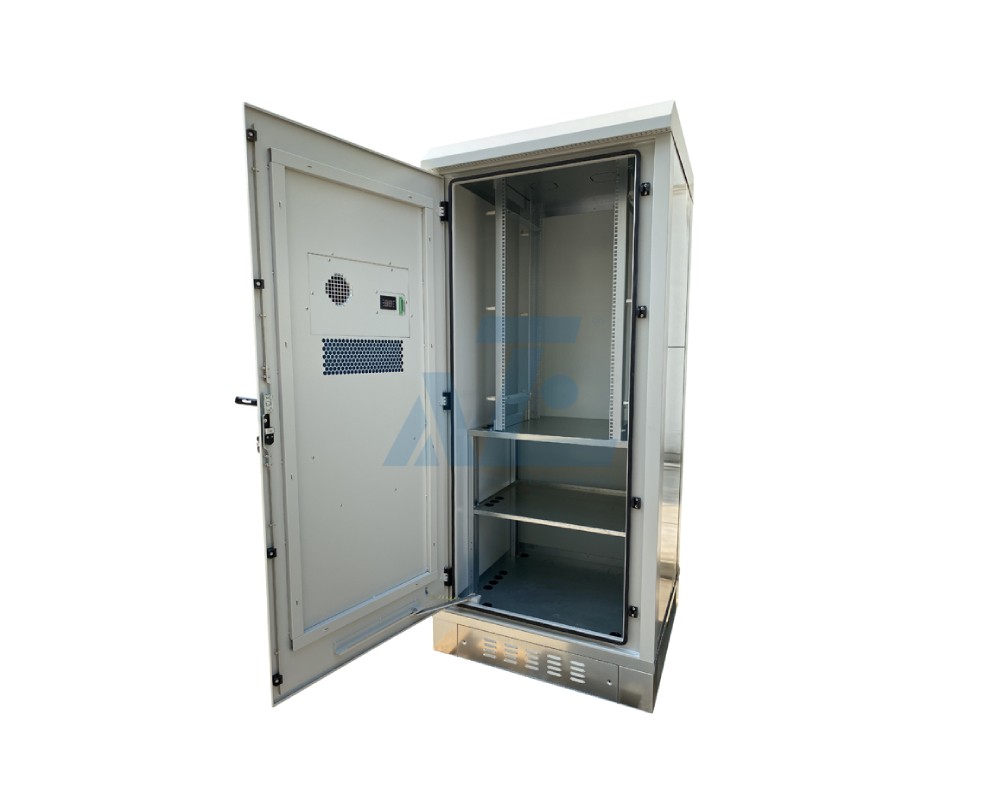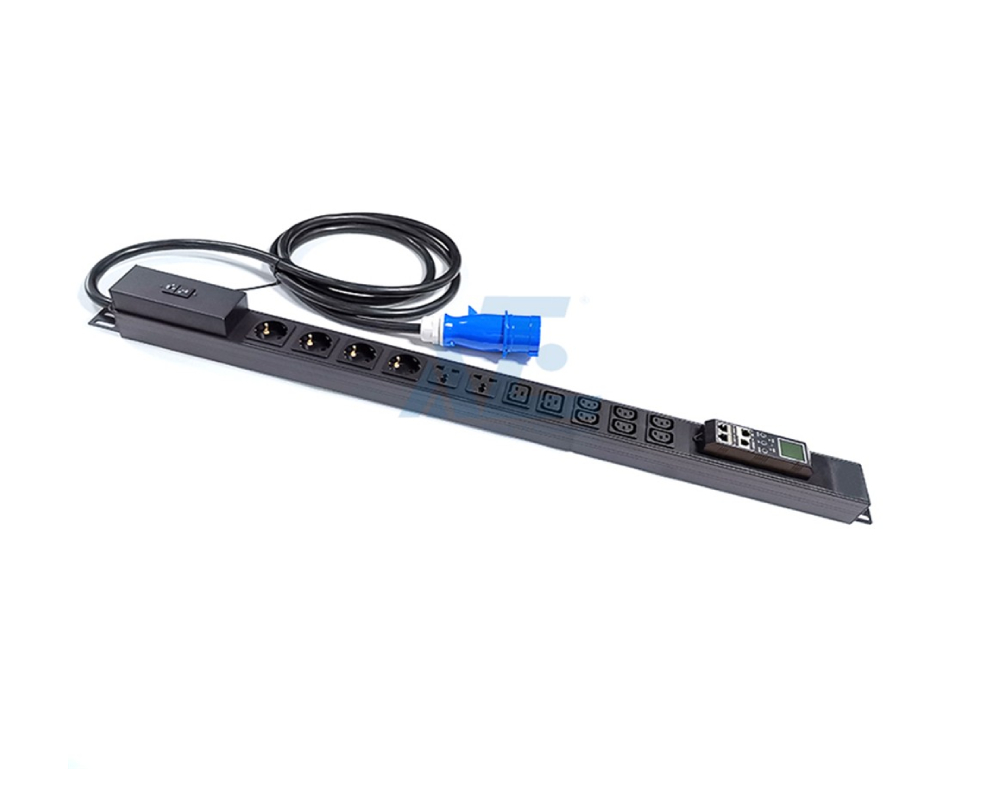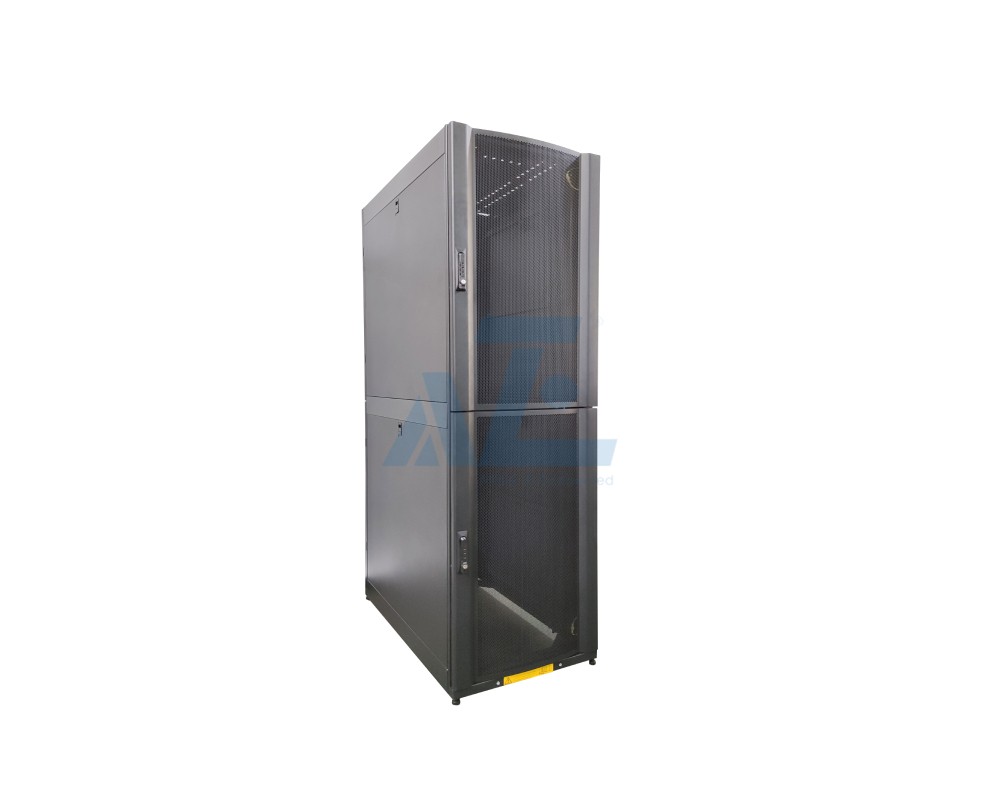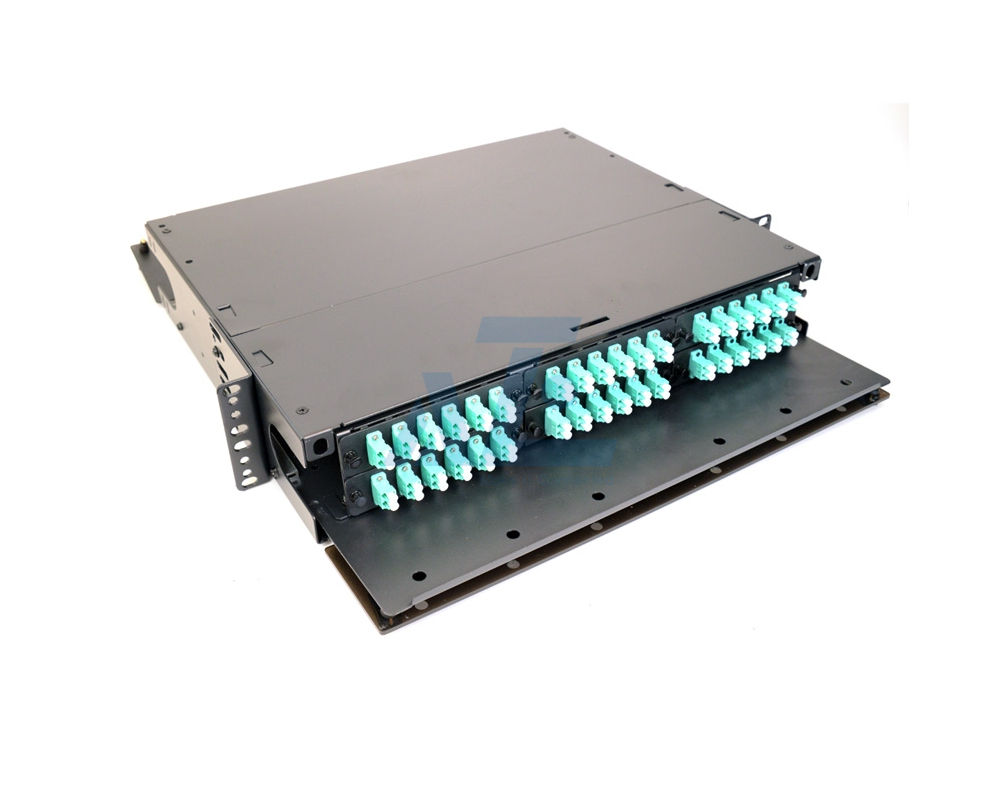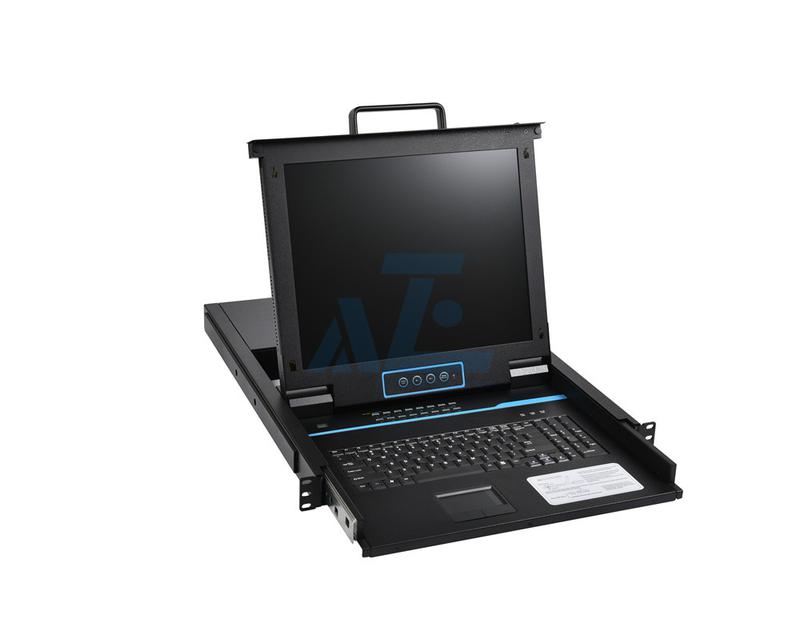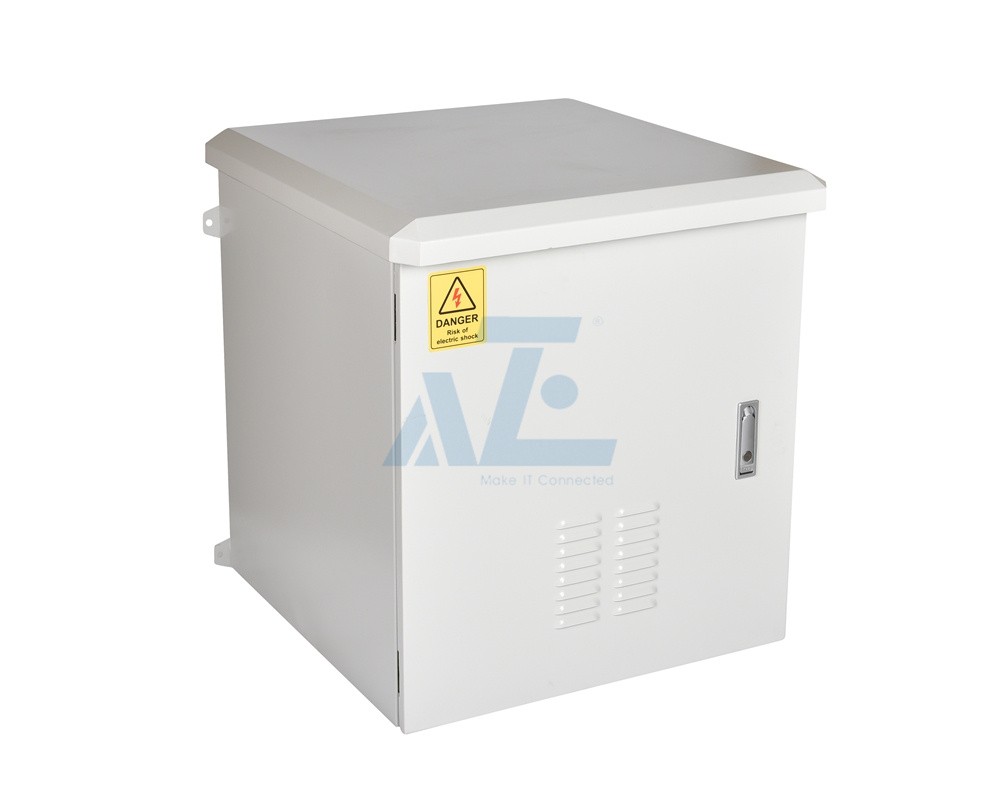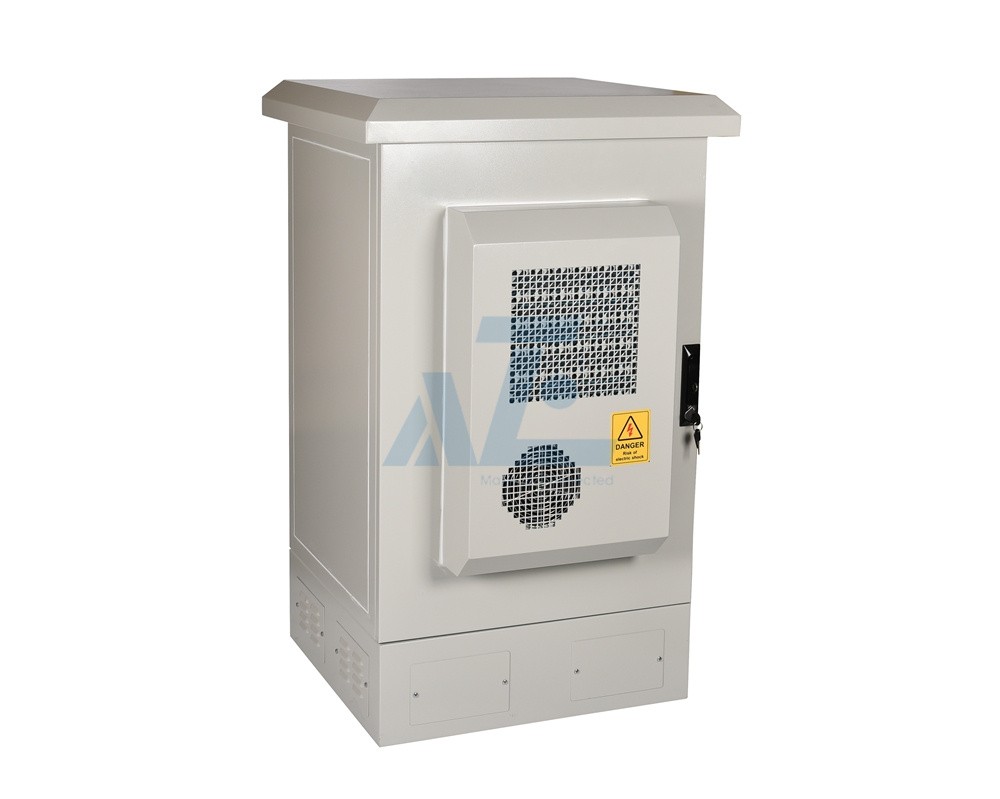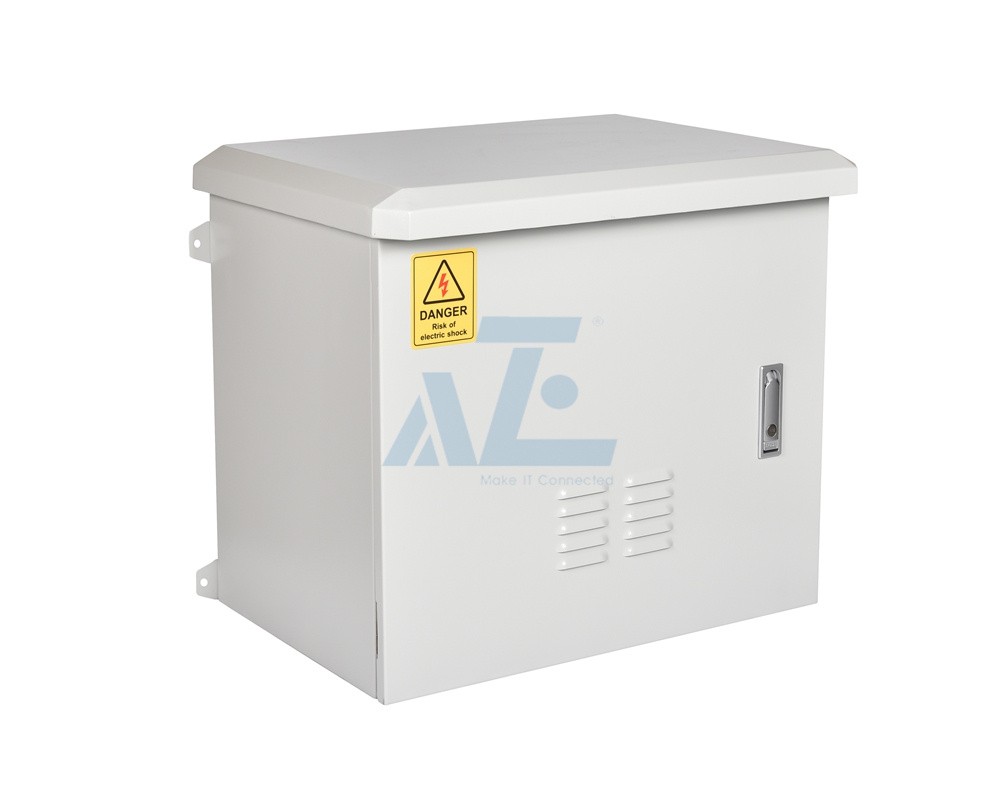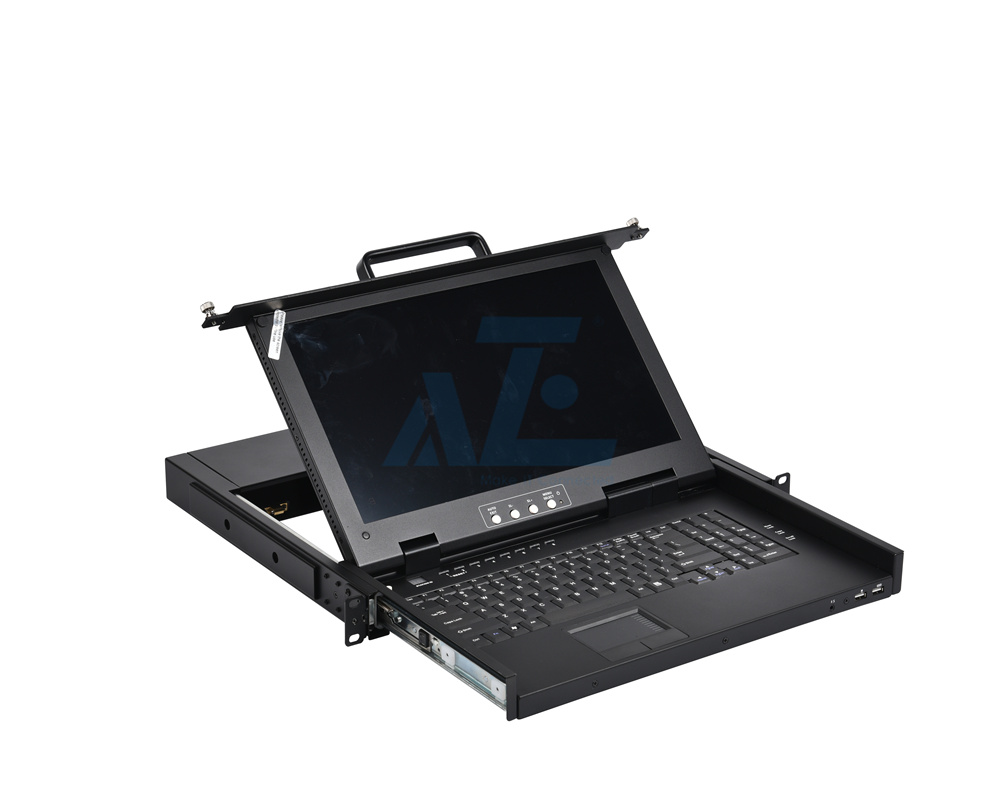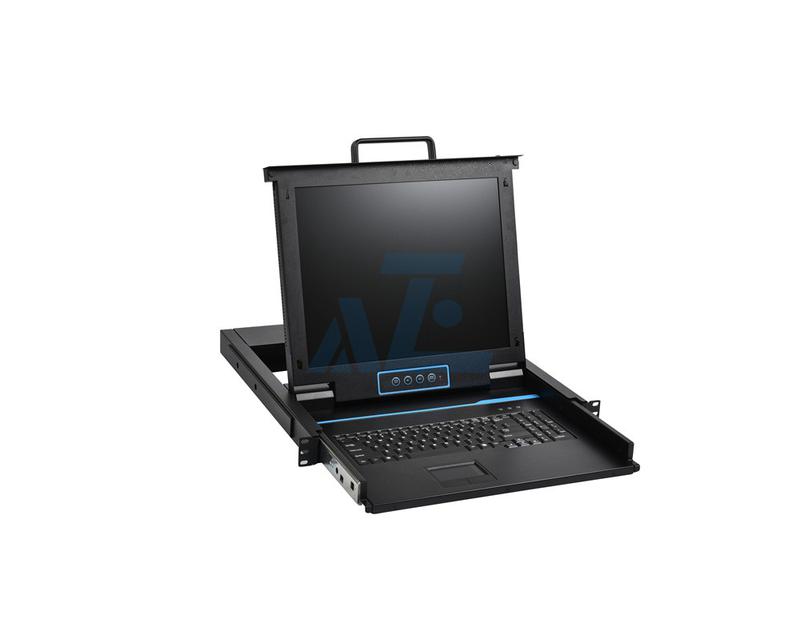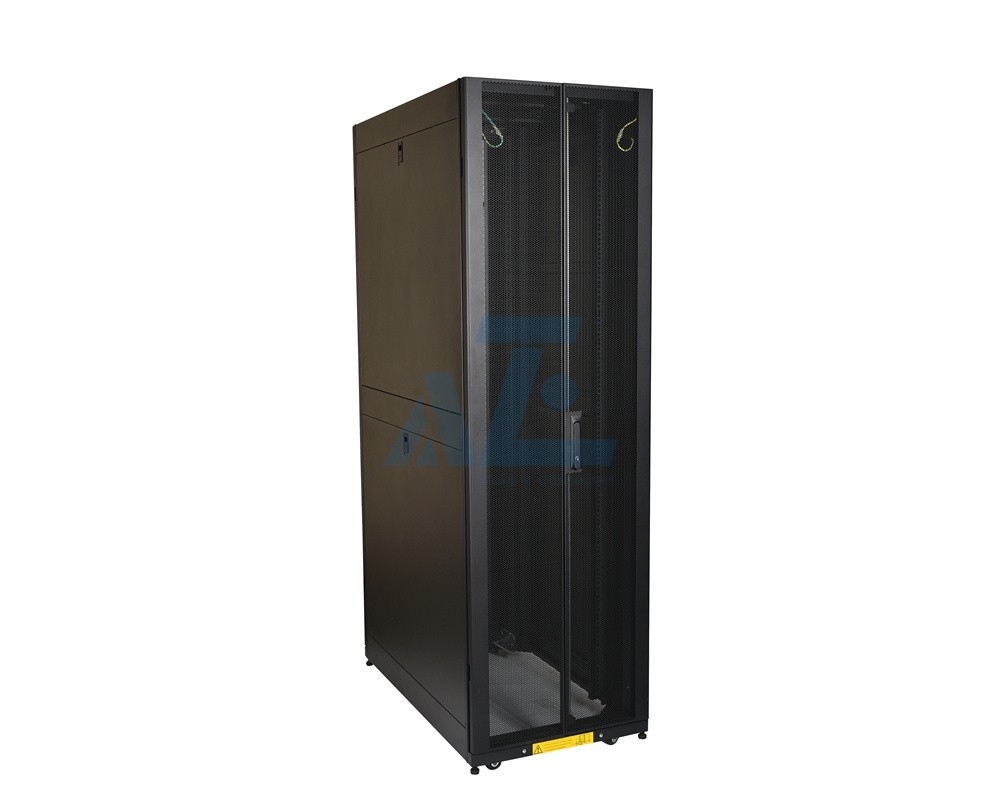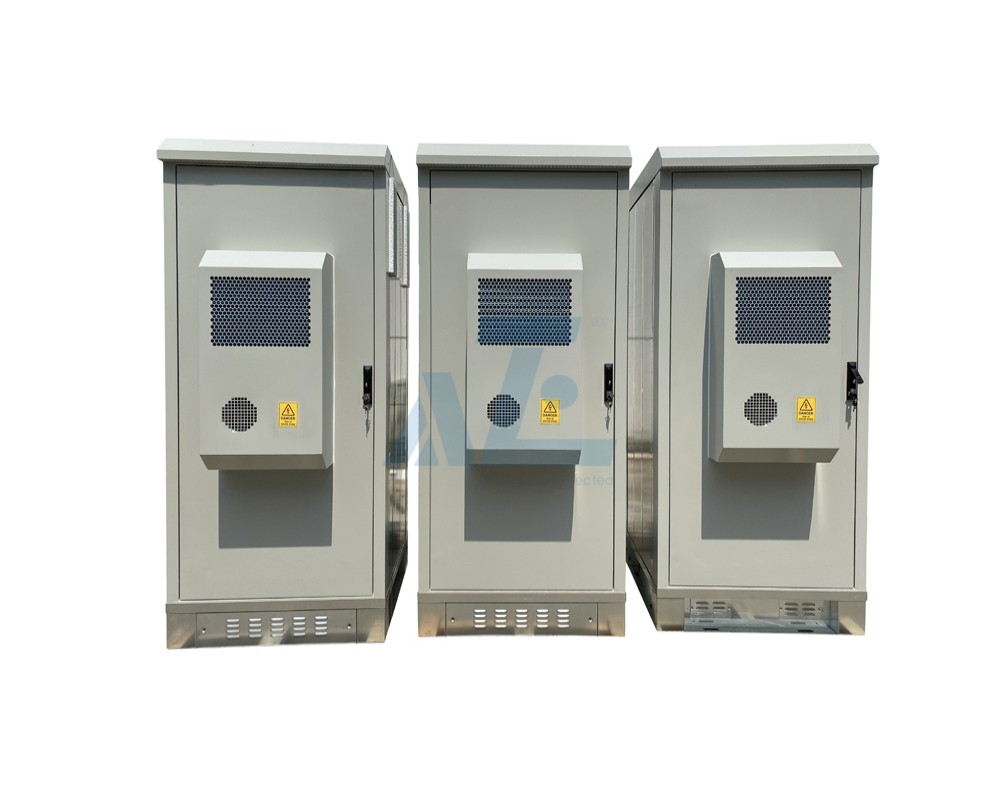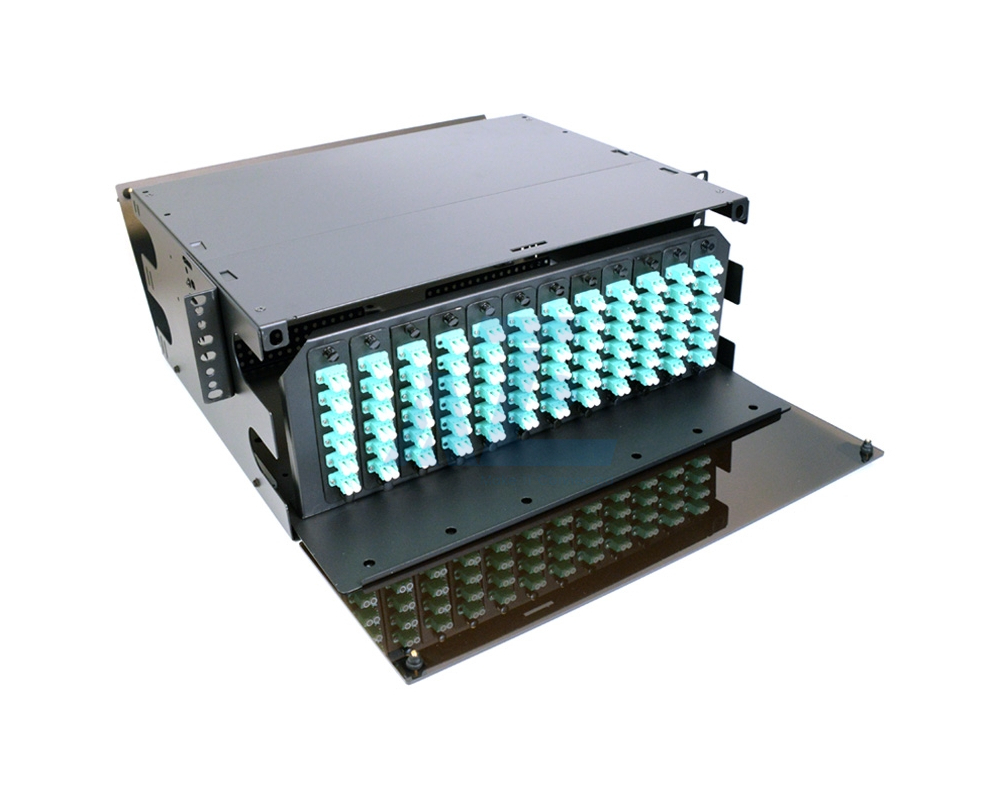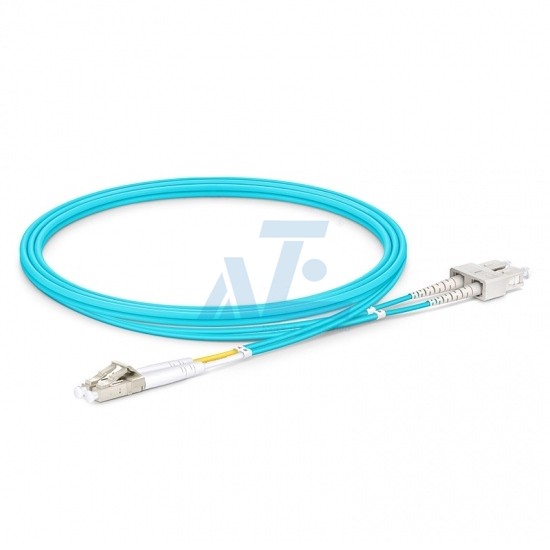KVM Switches Buying Guide
KVM Switches Buying Guide
Jun 13 , 2022A Keyboard-Video-Mouse (KVM) switch allows a user to control more than one computer with a single keyboard, mouse, and monitor user station (often referred to as a "console"). Users can manage and access thousands of computers or servers from a single "console".This can be particularly beneficial when there is insufficient room for multiple monitors and keyboards, such as in a server room rack or on a small desktop.
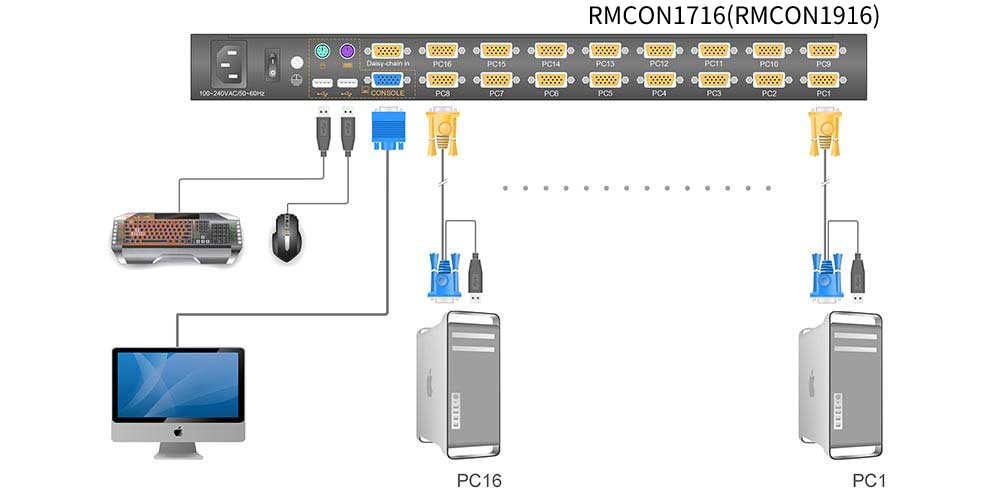
When choosing a KVM, there are many important things to keep in mind. Here are some considerations when choosing your KVM Switch:
Space-saving, convenient and economical, a KVM Switch is flexible enough to meet the needs of any home office, small/mid-size or enterprise application. Plus, a KVM Switch is easy to install, configure and operate. KVM Switches are popular among users who have upgraded their home computer systems and want to still use their old computers but do not want to invest in a second keyboard, monitor and mouse.
- Where KVM Switch Is Needed?
KVM switches are often found in data center applications due to numbers of devices or servers are needed to control. KVM switches are also widely used in LAN administration, labs, manufacturing operation, multiple computer desktops, etc.
- What type of KVM Switch do you require?
KVM Switches are available in rack-mount, rack-mount console and desktop design. Desktop models are best used when controlling up to four computers by a user-supplied keyboard, monitor and mouse console. Rack-mount and rack-mount console models are ideal for conserving space within rack enclosures that typically contain multiple servers and other networking equipment.
- How many computers do you want to control from a single KVM Switch?
KVM Switches are available with up to 32 ports for controlling up to 32 directly connected computers.
- The type of computers you need to connect: PS/2, USB or Cat5 connectors?
If connecting to computers using standard KVM cable kits, you need to determine the connection types so that you can choose the right cable kits (PS/2 or USB) or Cat5 network cabling.
This must be determined so that your KVM Switch is compatible with your monitor/LCD display.
- The type of Video Connector
KVM Switches can support a variety of Digital and Analog video connector types. Video support is dependent on the switch - some KVMs offer support for VGA, DVI, HDMI, and DP simultaneously, while others may only support VGA.
- What Is OSD?
OSD is short for On Screen Display. With OSD, administrators can know which computers are connected to the KVM switch and allow administrator to choose them without pushing the button on the KVM switch or using hot key switching.
-
What Is Hot Key Switching?
Hot key switching enable administrators to switch between computers without pushing the button on the actual switch. It can be a combination of keys or hitting a button a couple of times. Each switch is different and usually the instructions can be found in the switch manual.
-
What Is a KVM Extender?
KVM extender is a device used to increase the distance between a keyboard, monitor and mouse (KVM switch) and computer with Cat5 or fiber cable. Since USB and PS/2 and mouse protocols are only designed to run a distance of about 5-10m. Distance can be extended to 150m (CATX) or even farther via fiber or IP connections by using KVM extender.
-
What Are Dual Monitor KVM Switch and Multi-Monitor KVM Switches?
As it name shows, dual monitor KVM switch allows KVM access to multiple computers with two displays. And multi-monitor KVM switch offers access to multiple computers with two or more displays.
Dual display KVM switch provides an optimal solution for applications that need more space. Both dual monitor and multi-monitor KVM switches allow for traditional KVM access to multiple computers with the additional benefit of allowing extended desktops across two or more displays. And they come in a diverse connections including VGA, DVI, HDMI, DisplayPort or even a mixture of connections.
- What Are the Common Types of KVM Switches?
As the devices numbers deployed in data center or home, KVM switch also comes in different sizes and configurations. The rack mount KVM switches for applications that have requirements for space. And 4-port, 8-port, 16-port and 32-port KVM switches for different numbers of devices needed to be controlled. In addition, modern devices have also added the ability to share other peripherals like USB devices and audio.
USB KVM Switch This type of switch manages the connections of keyboard and mouse through USB cables. And it also allows users to share USB peripherals like scanners among the connected computers. It’s plug-and-play switch.
Display-port KVM Switch The switch supports a display port which is generally used as an internal connection replacing DVI and VGA. Supports multiple displays and accessing many devices.
HDMI KVM Switch It offers high resolution and used for connecting monitors that support HDMI, providing HD display connectivity for home theatre, professional presentation, etc.
KVM over IP This switch is used for connectivity over Internet and LAN use, allowing users to control all CPU’s and servers from anywhere in the world.
-
What Is KVM over IP and Why It Is Needed?
KVM over IP refers to a technology that enables users to connect to a KVM switch or CPU using its keyboard, monitor and mouse port via IP connection, which allow users both the in-band and out-of-band network access to all the servers linked to the KVM switch. Combined with advanced security and regardless of operating system, the KVM over IP devices allow users to remotely control their servers/CPUs. For those who care much about connection security, IP KVM is a good choice, for its security is military grade and security.
In addition, KVM over IP is an optimal choice for situations where full access to servers are needed, but the devices are not located physically close to each other.
- What’s the Differences Between KVM Switch and Console Server?
KVM switch and console server are two devices for managing network, the main difference between them is the equipment that they can deal with.
Usually KVM switch allows access to and control nearby computers and servers—access the room, in another room or in one building. IP KVM switch can achieve remotely access and control of devices. The common devices that KVM switch can deal with are computers, print servers, domain servers and blade servers. Console servers enable access to and control of all network devices, including local and remote locations. The common devices that console server can manage are servers, PDUs, firewalls, IP KVM switches, routers, etc.
Looking for the right KVM switches?
LCD KVM Console KVM Over IP Switches KVM Switch Accessories
From data center to outdoor telecom infrastructure products, AZE has the right product for you. AZE designs and manufactures Server Racks and Enclosures, Outdoor Telecom Cabinets and Electronic Enclosures, Power Distribution (Basic Rack PDUs and Smart PDUs), KVM Switches and Fiber optics products to globe customers in the market.
Make IT Connected, AZE can support you to make IT happen with affordable cost.
Contact AZE to customize your KVM Switches.
Related Products
Related Article
KVM Switches Frequently Asked Questions
Frequently Asked Questions for the KVM switches
Server Rack Enclosure Cabinet Buying Guide
How to select a right server rack cabinet enclosure
What is IP55 Outdoor waterproof Enclosure
What is IP55 Outdoor waterproof or weatherproof electrical Enclosure?
NEMA Outdoor Enclosure Ratings-Type 3R,4,4X
AZE manufactures NEMA 4,NEMA 4 Rated electrical outdoor enclosures
How to Select the Right Rack Mount Fiber Enclosure
AZE offers different types of rack mount fiber enclosures
Simplex vs Duplex Fiber Optic Cables
AZE offers various types fiber optics cables

